Sharing is caring!
If you’re striving to meet your daily potassium goals you may be wondering how much potassium is in a banana vs potato. These two foods often are thought of when we want to consume the best sources of potassium.
In this article we’ll discuss how much potassium is in banana vs. potato, the role of potassium in the body, how much potassium is recommended, and who needs to follow a low potassium diet.
We’ll identify 12 other foods that are also good sources of potassium.
Table of Contents
The Role of Potassium
Potassium is an essential mineral that helps regulate the heartbeat, improves bone density, plays a role in muscle contractions, offsets sodium‘s harmful effects on blood pressure, and supports heart health.
It’s considered an electrolyte along with magnesium, calcium and sodium. Potassium along with these other electrolytes are found in sports drinks to help regulate fluid balance. The body loses these electrolytes when the body sweats.
The kidneys regulate how much potassium is in the body. When kidneys aren’t working properly, excess consumption of potassium can’t be excreted and can build up in the blood.
This can lead to hyperkalemia, or high potassium levels in the blood, causing irregular heartbeat and possibly causing the heart to stop working leading to cardiac arrest. Hyperkalemia causes weakness in muscle function, numbness, arrhythmia and heart attacks.
Hypokalemia, or a potassium deficiency is not enough potassium in the blood and leads to high blood pressure, decreases calcium in the bones, and increases the risk of heart disease and kidney stones. Hypokalemia causes fatigue, weakness, muscle cramps, and abnormal heart beat.
Some people with hypokalemia may need to take potassium supplements prescribed by their doctor to help keep potassium levels at a desired range.
How much potassium do you need?
The daily potassium requirement for the general population is 3,500 mg for women and 4,700 mg per day for men.
However, those with kidney problems may need to limit potassium in the diet. Potassium needs are individualized. Those with CKD stages 1-3 may not need to limit potassium intake.
However, those that have very low kidney function may need to follow a low potassium diet.
Low potassium food choices is usually recommended for those with chronic kidney disease stage 5 or receiving dialysis treatments.
A low potassium diet is recommended to not exceed 2,000 mg per day.
Potassium in Banana vs. Potato
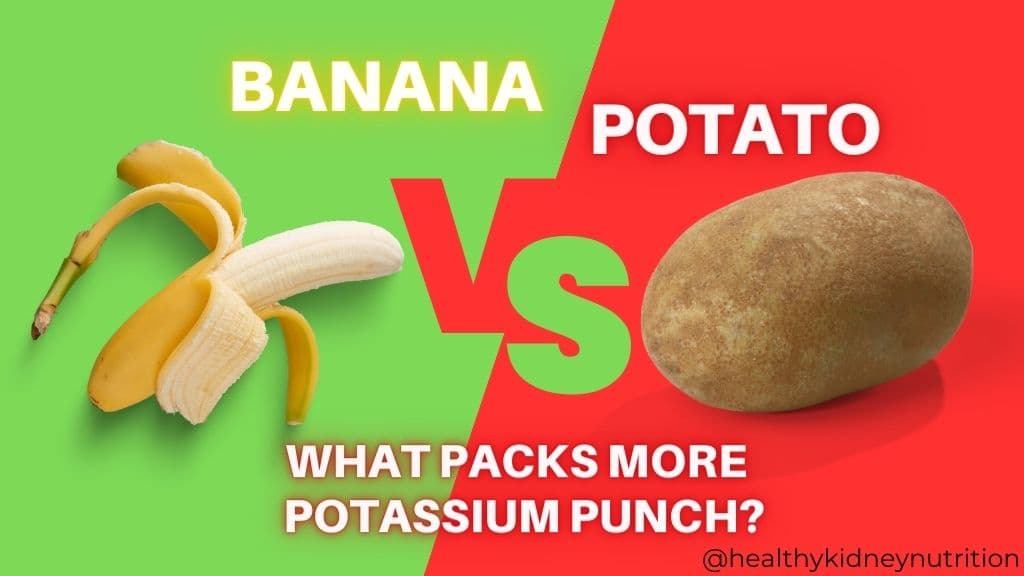
So which one packs more punch? The answer depends on how you cook the potato and the serving size of each.
Let’s compare 100 grams of banana vs baked potato. 100 grams of banana contains 358 milligrams of potassium. 100 grams of a baked russet potato has 550 mg. However, if you boil the potato, the potassium reduces to 379 mg.
Boiling is the process of leaching potassium and it’s recommended for those needing to follow a low potassium diet. The hot boiling water draws out some of the potassium in the potato.
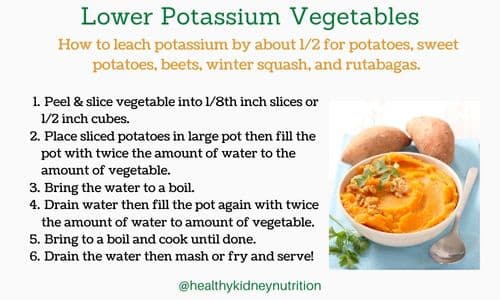
But essentially comparing the same portion size of 100 grams of banana (which is a medium banana) vs 100 grams of potato, the potato packs slightly more potassium punch.
Other potassium-rich foods
Let’s compare various potassium-rich fruits and vegetables. We’ll look at the same portion size of 100 grams for most sources unless 1 cup is more of a reasonable portion size for a particular food. This will help us determine the amount of potassium in each food item and compare it to a banana and potato. A lot of these foods offer even more potassium than a banana or potato!
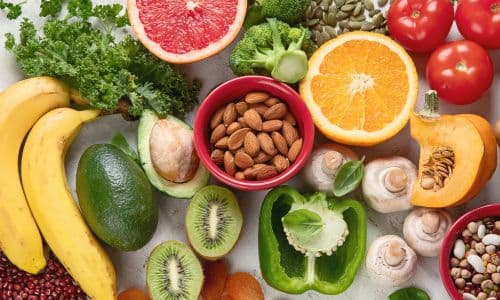
1. Dried Apricots
Dried fruits are a great source of potassium. The potassium is more concentrated in dried fruit then the raw version. 100 grams of dried apricots provide 1160 mg of potassium. That will get you to 33% of the daily value for potassium!
2. Spinach
Leafy greens like spinach are a good source of potassium. The amount of potassium depends on if you consume it raw or cooked. Cooked spinach will be more concentrated in potassium than raw. 100 grams of raw spinach has 582 mg of potassium. Looking at a more reasonable portion most people consume, 1 cup raw spinach has 167 mg of potassium. But a cup of cooked spinach provides 839 mg of potassium. It’s a good source of iron and vitamin K as well.
3. Swiss Chard
100 grams of cooked Swiss chard provides 549 mg of potassium. Just like spinach the potassium in leafy greens becomes very concentrated during the cooking process.
4. Beans
There are many different types of beans- white beans, lima beans, pinto, kidney beans, and black beans. All are rich in potassium. 100 grams cooked with no added salt canned beans offers 353 mg of potassium, 7 grams of protein, and 7 grams of fiber.
5.Lentils
100 grams of cooked lentils has 369 mg of potassium. It’s also a good source of plant-based protein offering 9 grams of protein and 8 grams of fiber. Add lentils to soups, tacos, sloppy joes, or bbq sandwiches.
6. Oranges
1 navel orange has 232 mg of potassium and a good source of vitamin C containing 82 milligrams.
7. Honeydew
Has 388 mg potassium in 1 cup cubed.
8. Tomatoes
Fresh tomatoes are one of the best summertime treats. 1 cup chopped ripe tomato contains 427 mg of potassium and is rich in the antioxidant lycopene.
9. Avocados
1 avocado provides 690 mg of potassium and 9 grams of fiber. An appropriate portion size is 1/4 of an avocado and a great source of healthy fatty acids with the majority coming from monounsaturated. Top them on tacos, chili, or my favorite, avocado toast.
10. Acorn Squash
There are many varieties of squash. Winter squash such as, butternut and acorn squash are higher in potassium than summer squash like zucchini, delicata, and yellow squash. 1 cup of acorn squash has 896 mg of potassium.
11. Dairy Products
Milk, cheese, and yogurt are all high in potassium. 1 cup of whole milk contains 374 mg of potassium, cottage cheese 120 mg, plain greek yogurt 345 mg, and colby jack cheese 118mg.
12. Kiwi
2 kiwis or approximately 1 cup contains 356 mg of potassium. Kiwi is also a great source of vitamin C with 134 mg in 1 cup.
What Drinks are High in Potassium?
Juices are very concentrated and will provide even more potassium than the whole fruit. If you need to limit potassium, it’s recommended to avoid these drinks. The amount of potassium in the following juices are what’s provided in 8 fluid ounces.
- orange juice 451 mg
- coconut water 404 mg
- prune juice 707 mg
- tomato and vegetable juices 468 mg
- carrot juice 689 mg
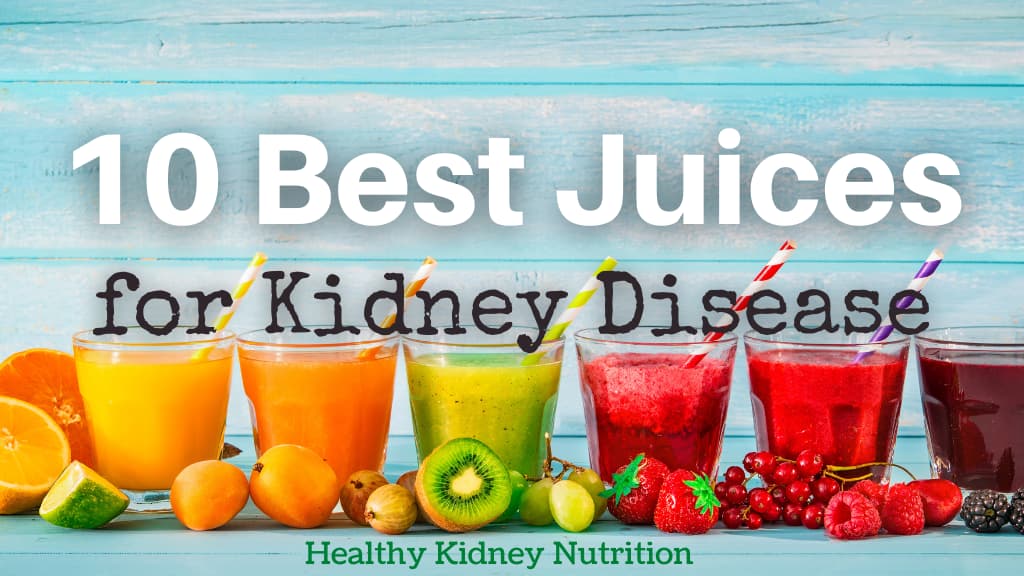
Potassium is an essential mineral that helps play a role in blood pressure and muscle function.
Eating a diet rich in fruits, vegetables, and legumes should provide adequate potassium.
For those with kidney disease, there’s a risk of hyperkalemia, or high potassium blood levels. Some people with kidney disease will need to follow a low potassium diet, while others it may not be necessary.
Those with kidney disease that need to limit potassium can still enjoy a diet rich in fruits and vegetables while still choosing lower potassium foods.
The key to potassium intake is serving size and choosing a variety of fruits and vegetables in the diet. A low potassium diet may need to limit the portion size of these foods or use a cooking method such as boiling to reduce the amount of potassium content if needed.
We’ve determined that a baked potato has slightly more potassium than a banana, but both are a great source of potassium. We also explored other fruits, vegetables, and juices that provide a rich source of potassium.
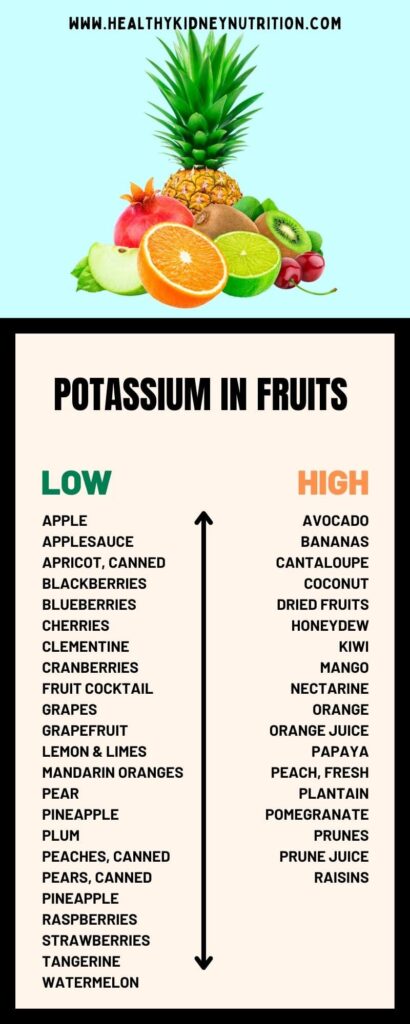
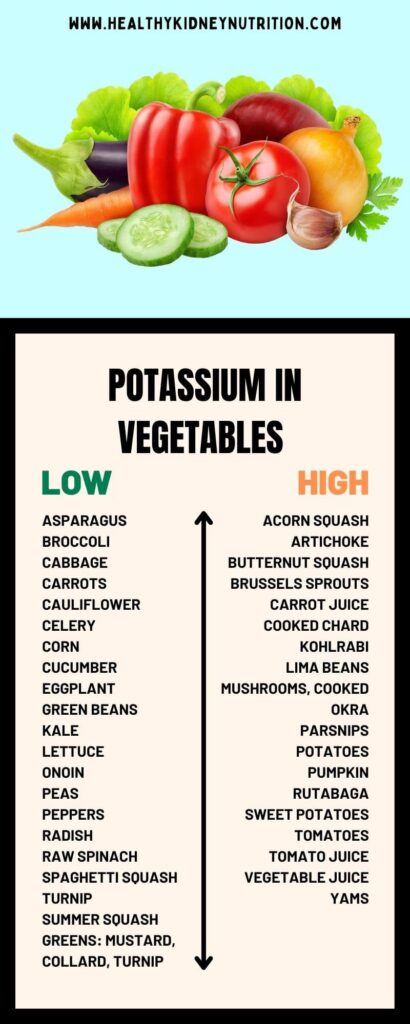
- The Renal Warrior Project. Join Now
- Source: https://healthykidneynutrition.com/potassium-in-banana-vs-potato/
